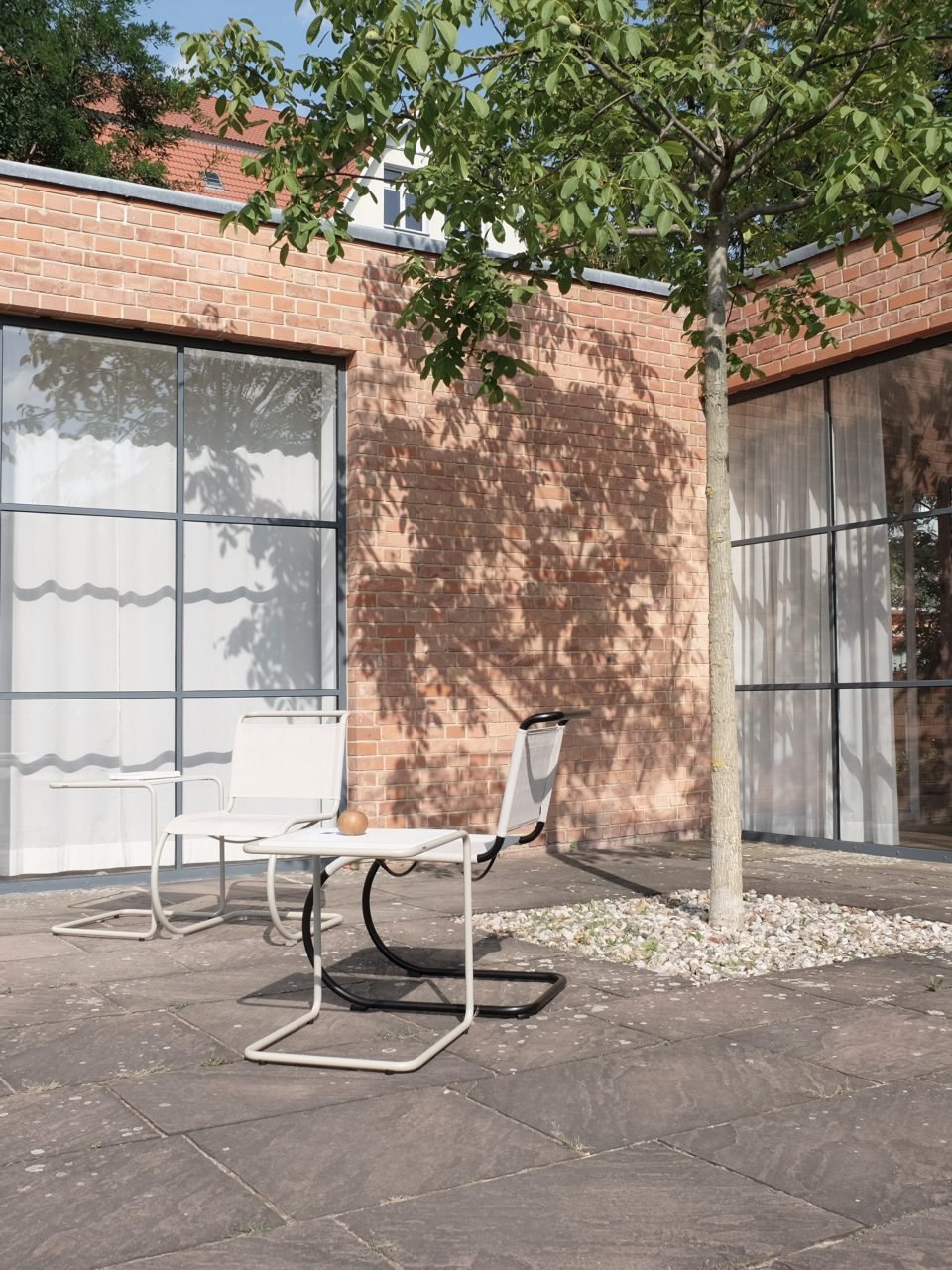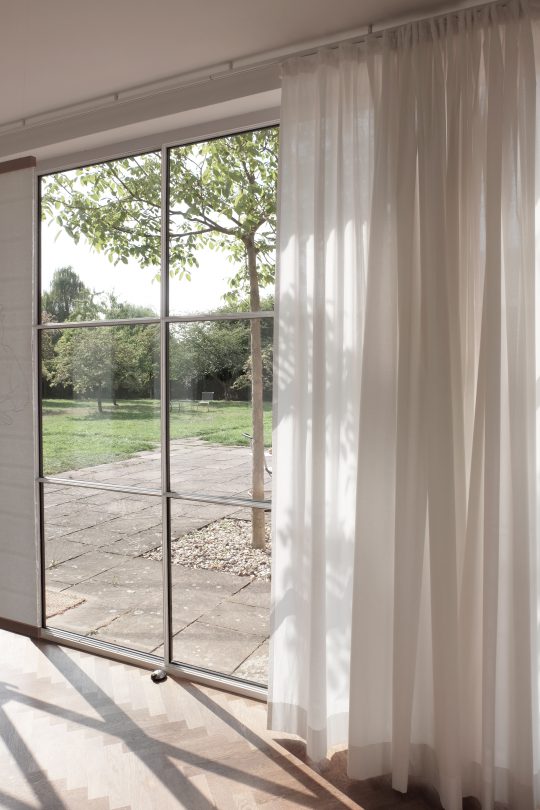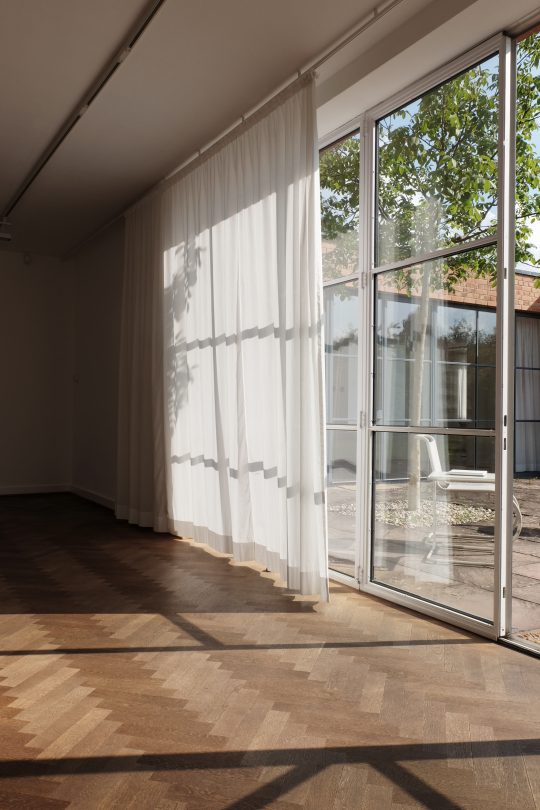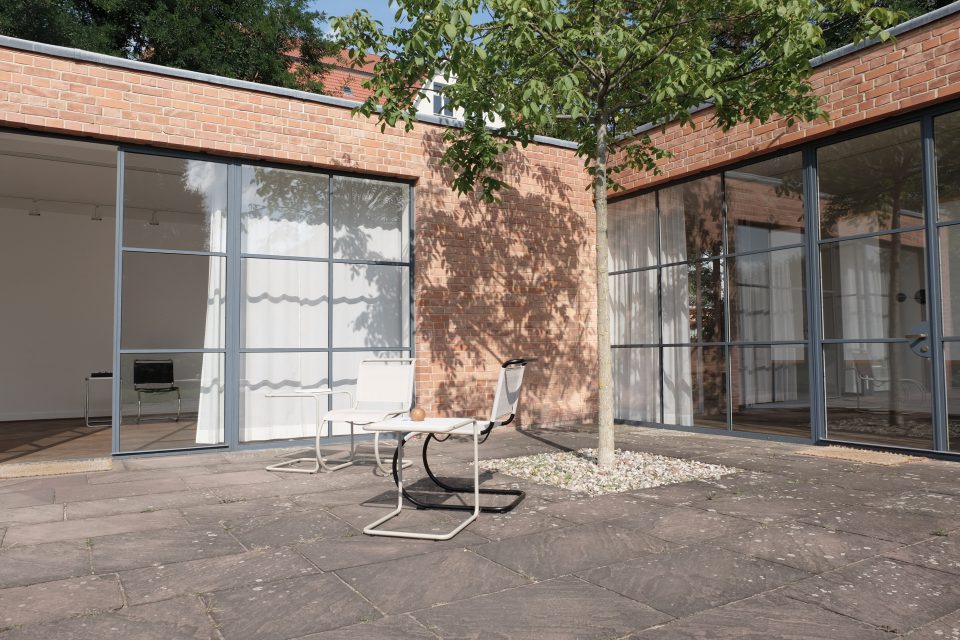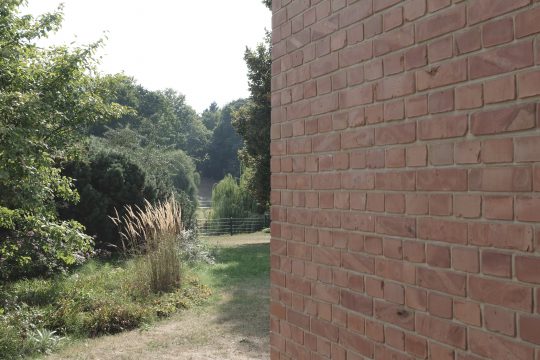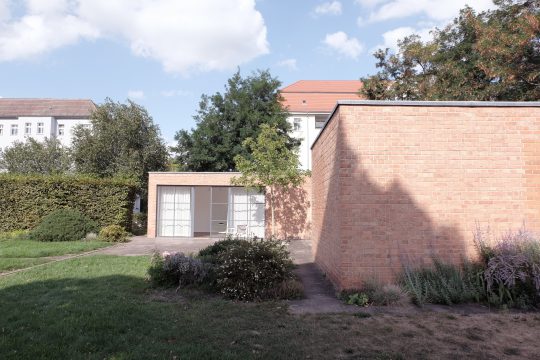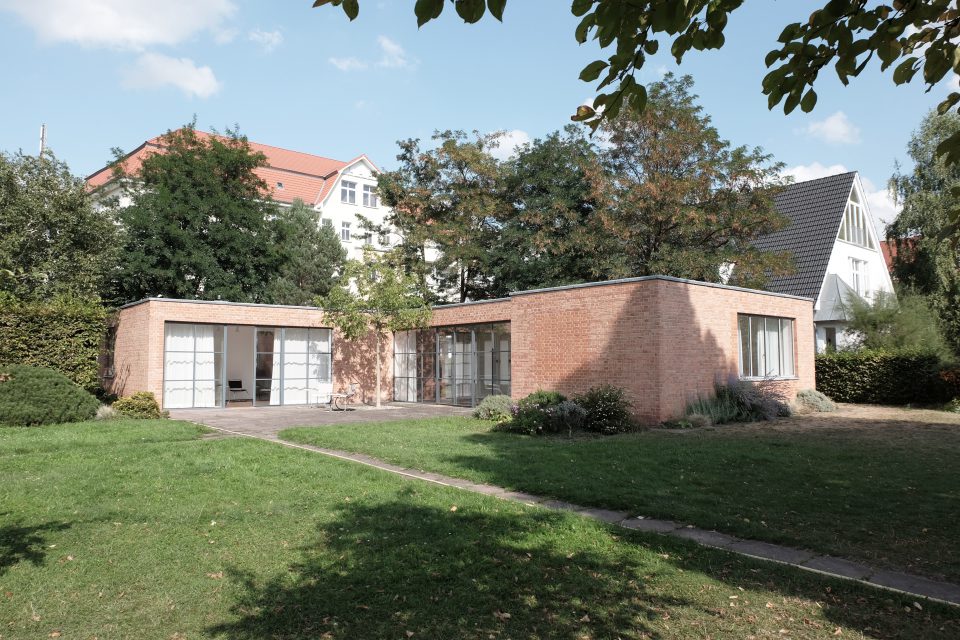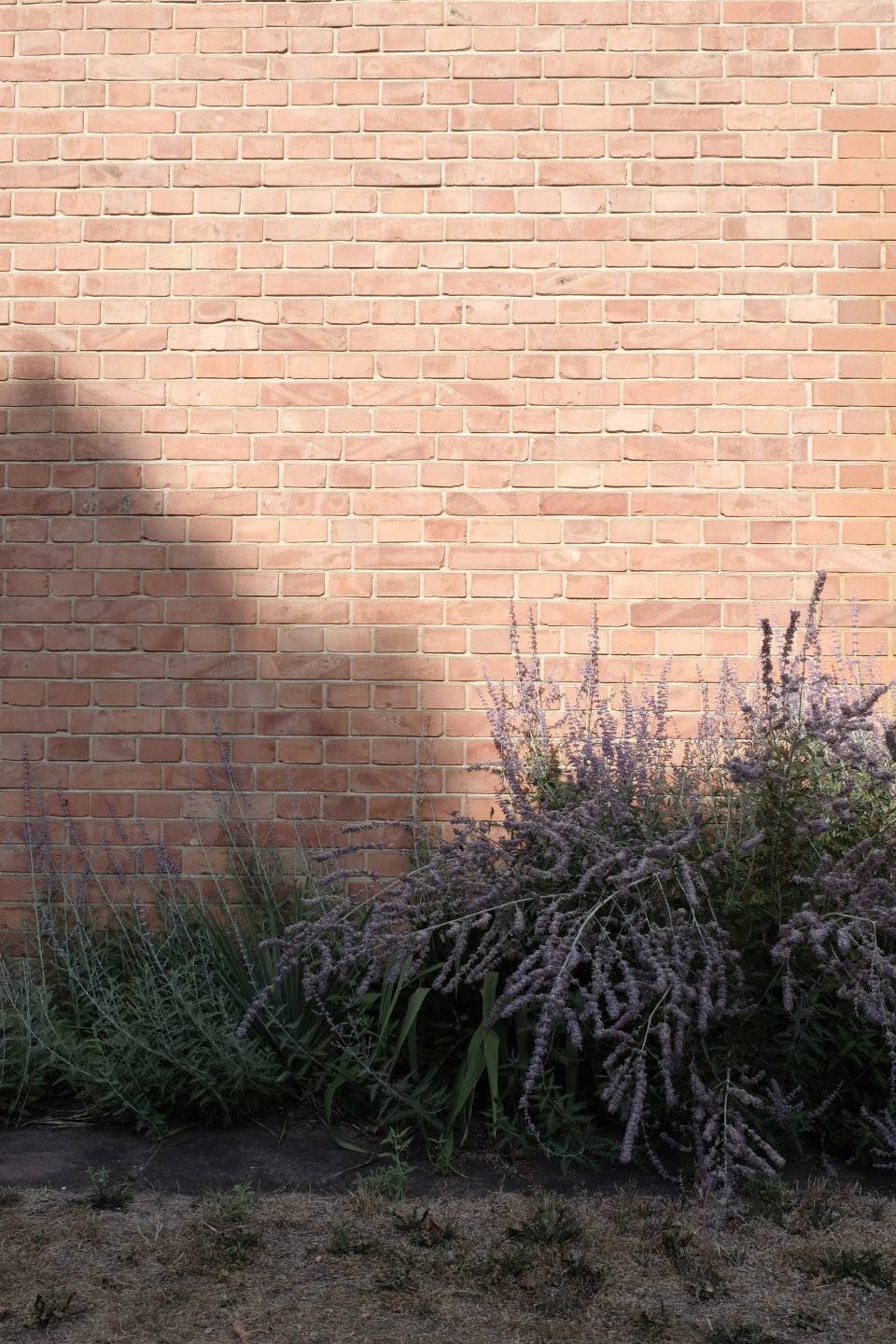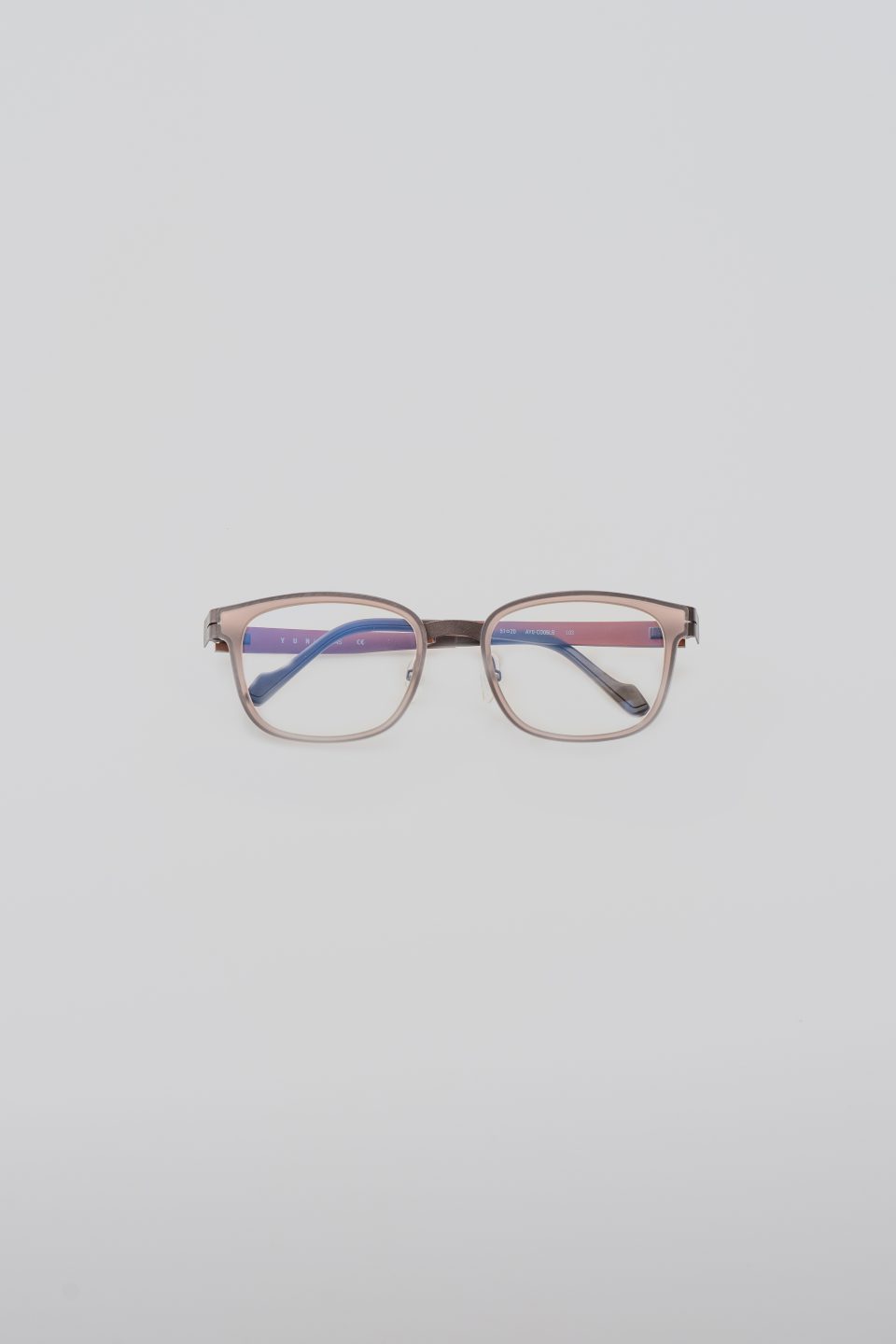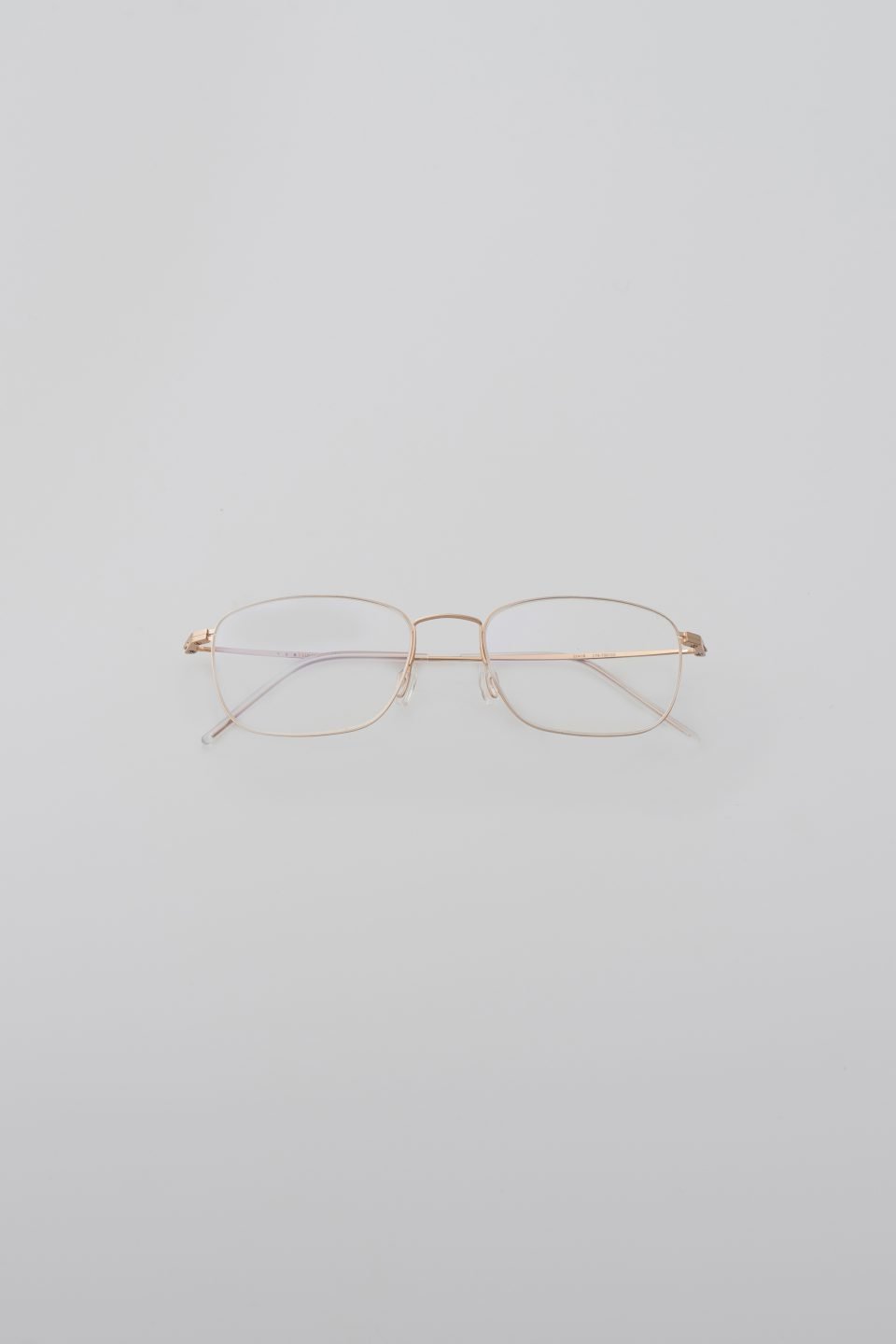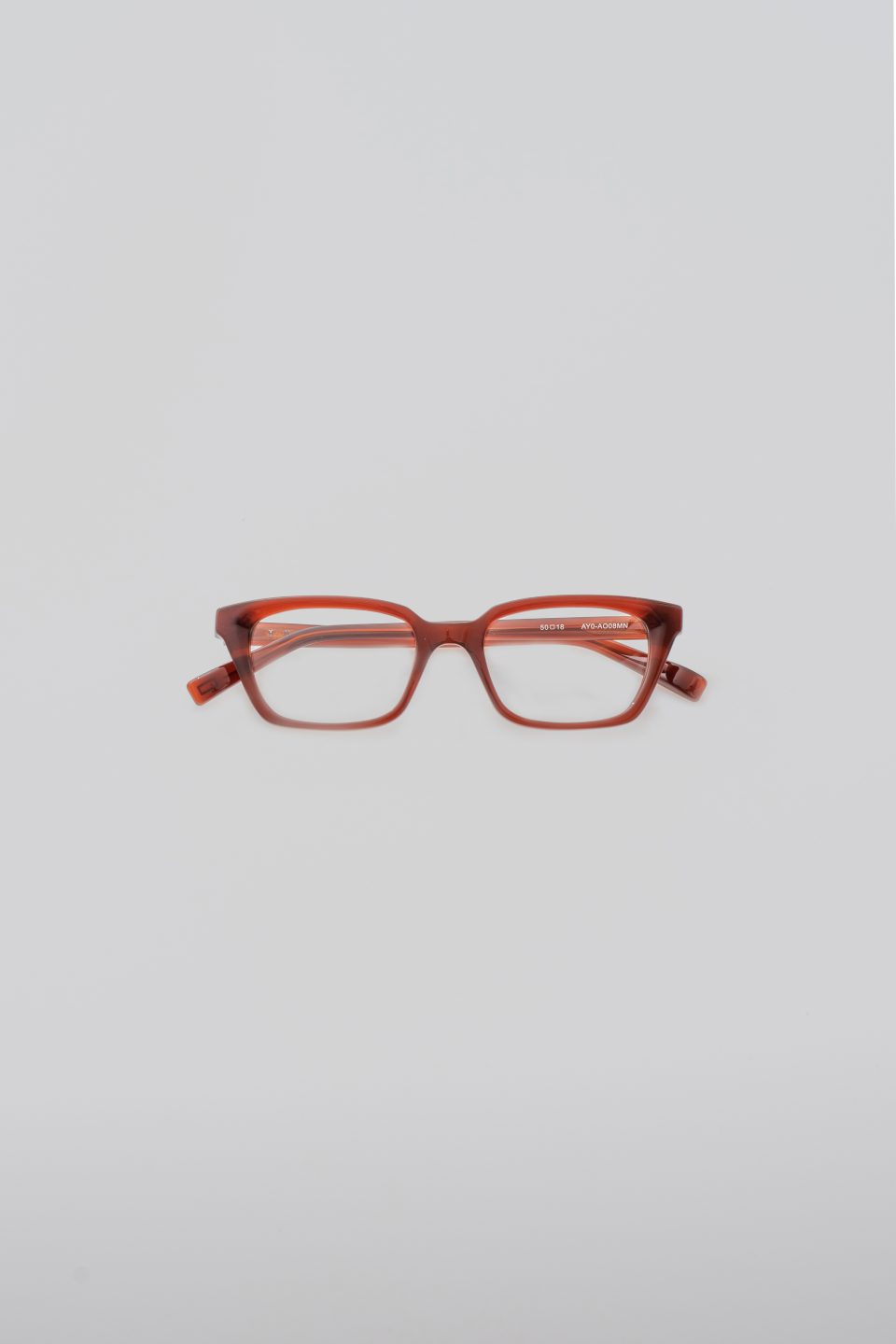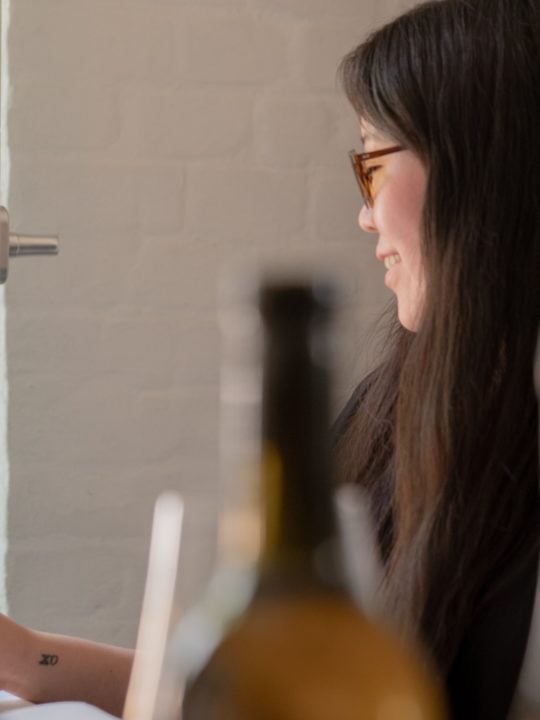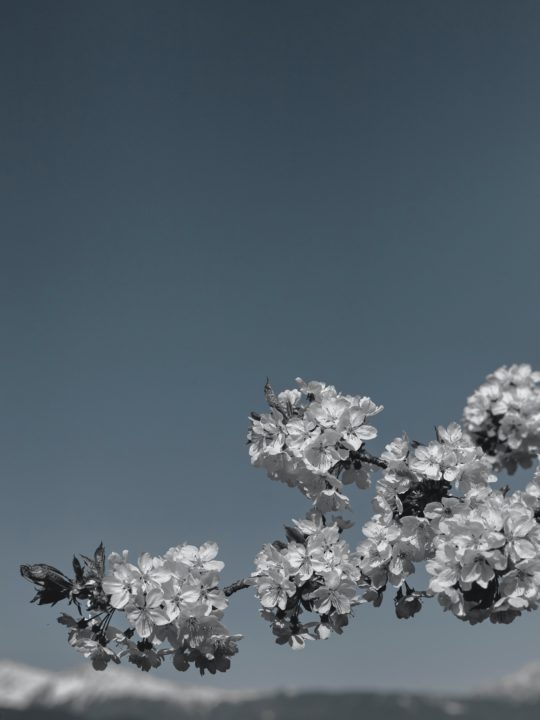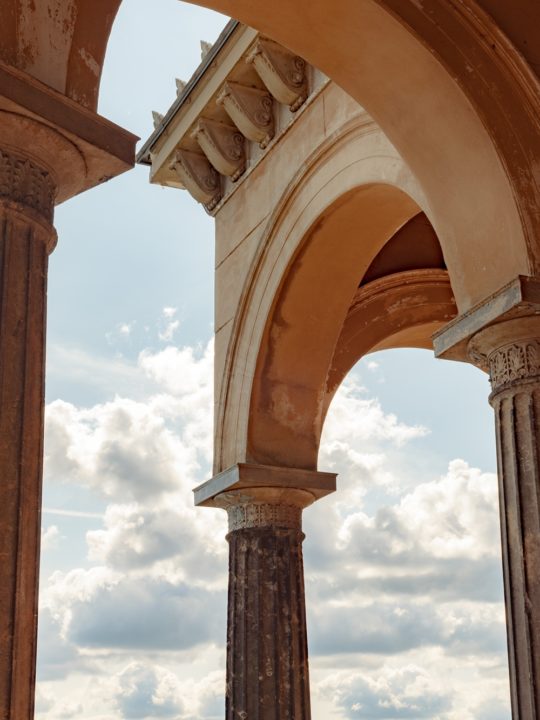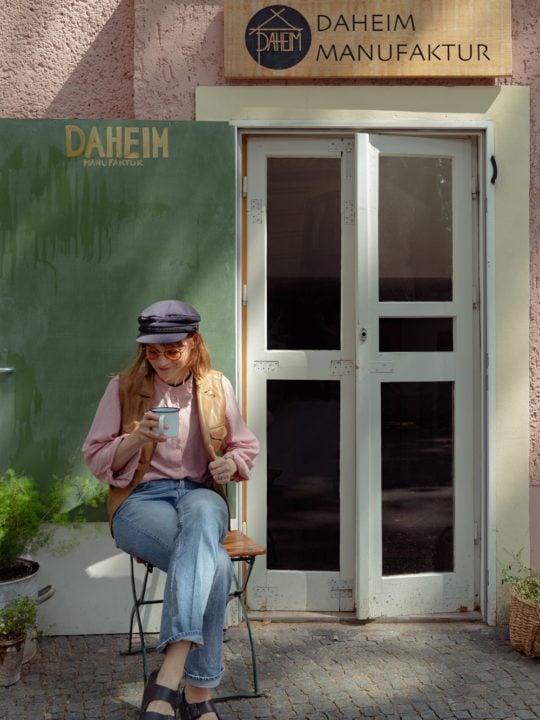MIES VAN DER ROHE HAUS
Architect and director, Mies van der Rohe created a place that unites man and nature. Today you can visit the space in Berlin. Read more on the YUN Journal.
Architecture, nature and art in perfect balance.
The days that mark the transition between summer and autumn, when the sky is a faint blue and the sun is bright yet soft; it seems like the perfect time to visit Haus Lemke, sitting in a quiet residential area in Berlin Weissensee.
No less a figure than Bauhaus, director and architect Ludwig Mies van der Rohe designed and built this private home for the couple Martha and Karl Lemke. Parkhaus Lemke was built in 1933, it was Mies’ last project before emigrating to America in 1938 and an important step in his quest for ‘truth’ in architecture.
Mies professed his love for brick here and chose a very simple, shaded red brick to create a refined surface that is both beautiful and lively. You see his genius for using minimum material to produce maximum quality in order to satisfy the needs of modern living. To quote his words “it is important not to confuse simple with simplicity.”
The clear architecture, reduced to the essentials, the prevailing clean lines and the absence of needless details, this house is a gem of classical modernism. Upon entering, a light atmosphere is prevailing, everything is bright and tells of space. The sun coming in through the ceiling-to-floor glass windows, forming a shadow play on the lovely herringbone parquet floor, a gentle breeze through the open door is moving the white ceiling-to-floor curtains ever so slowly.
Everything about this place seems right.
Today, the house is used as an art exhibition space, showing art in accordance and harmony with the architecture. The open architecture might give the impression that it was built just for that single purpose.
Back in the 1930’s, Karl and Martha Lemke asked the architect to build them a ‘small and modest home’ that, ‘on nice days, could extend out to the garden’, and that is what Mies has accomplished masterfully.
The ceiling-to-floor terrace door leads from the ground floor to an adjoining level terrace, cornered by the glass facades of two walls, forming a space that opens then out to the garden, a transition zone between the house and the open space of the Obersee park landscape.
Mies van der Rohe created a place that unites man and nature both aesthetically and spiritually, a place exuding extraordinary atmosphere.
And so today the Mies van der Rohe Haus is not only a space for art, but for learning, and contemplation. Strolling through the garden, sitting on that terrace or a bench under the trees, birds singing in the distance; all you feel is silence, peace and rest, a feeling of belonging, of having arrived home. Looking across the informally mowed lawn over to the house it looks almost like a still live, the building nestled in the garden, both elements embracing each other. And as the greens and the blossoms are slowly fading, in accordance with the brick color, you realise the relationship between buildings and nature is more agile than we think.
Historic information.
Ludwig Mies van der Rohe (1886-1969) was the director of the Bauhaus at the time Haus Lemke was built and one of the most important architects of the 20th century, along with Le Corbusier, Frank Lloyd Wright and Walter Gropius.
Landhaus Lemke was designed in 1932, from 1933 to 1945 Karl and Martha Lemke lived there. In 1945 it was seized by the Red Army, and from the 1960’s until the fall of the Berlin Wall was used for various purposes by the East German secret police and some alterations on the garden and house were made. In 1977, it was declared a protected landmark. From 2000 to 2002, a complete and landmark-worthy restoration was carried out according to historic plans. Today it is open to the public.

